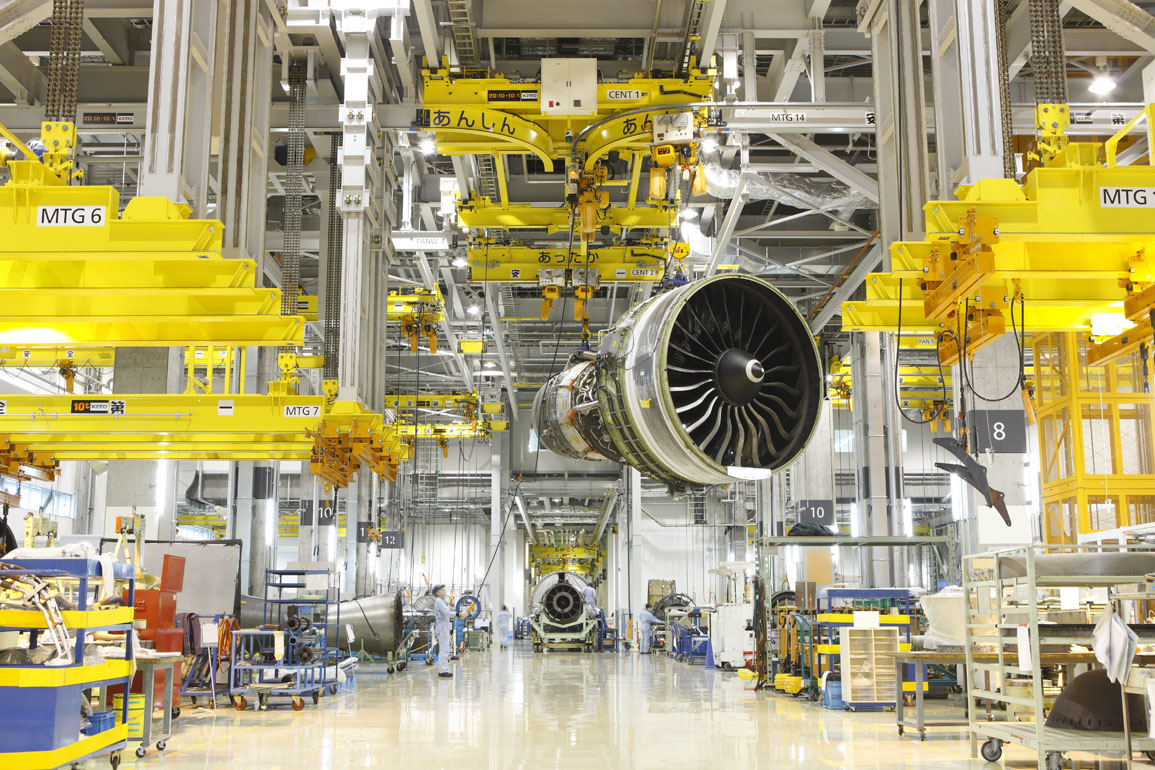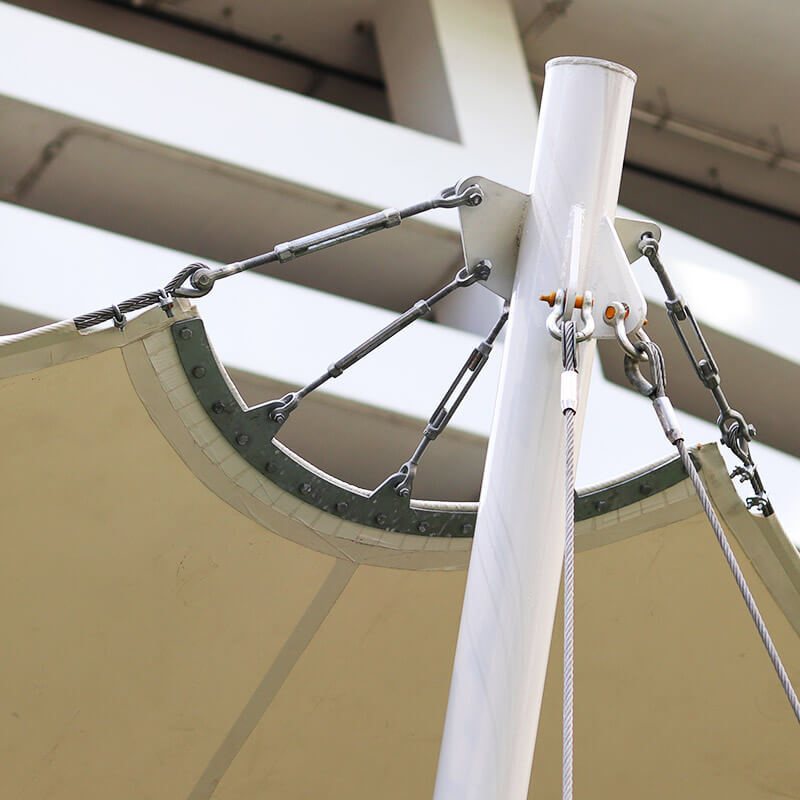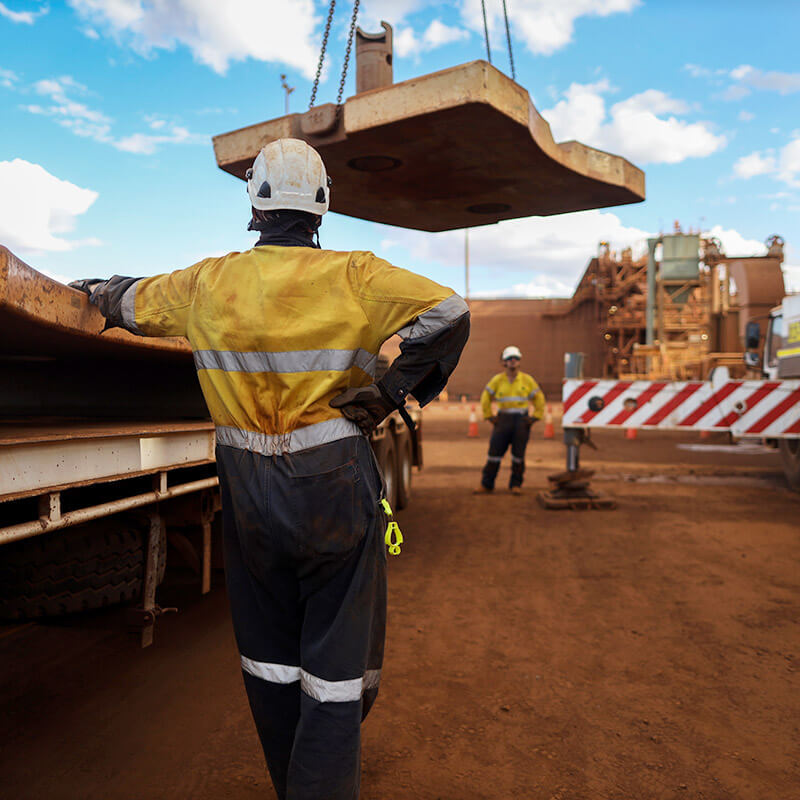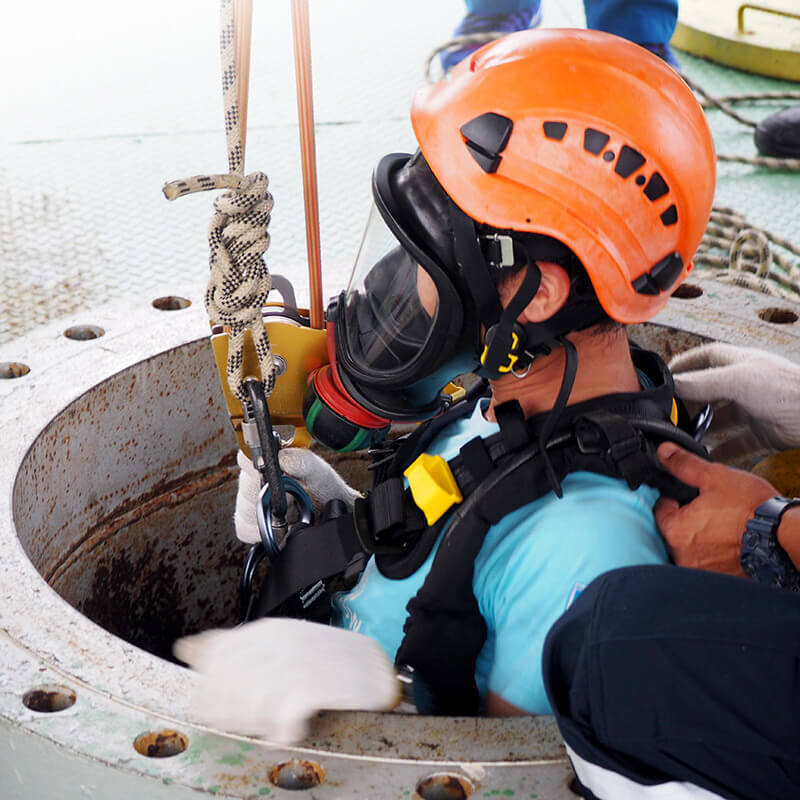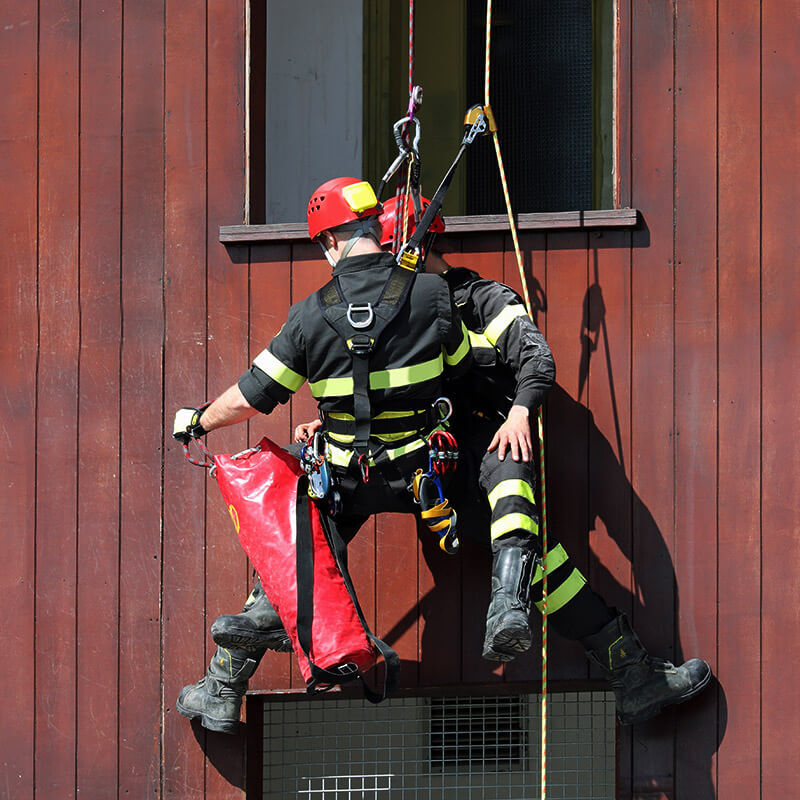What is Required for Rigging?
Every year, tons of equipment are lifted and moved in busy places. But, the key process behind it, rigging, is often overlooked. It's a mix of precision and strength. In fields like construction, oil, gas, and manufacturing, knowing about rigging safety and following the right procedures is key.
Riggers make sure heavy machines are lifted, moved, and placed safely. They need skill, math, and the right tools. OSHA standards are a basic rule, but training that follows OSHA guidelines is even more important for safety and efficiency.
Getting a rigging certification is not required but helps a lot in finding a job. You can start by learning on the job or through apprenticeships. But, having good communication skills, making quick decisions, and being flexible with different rigging tools is very important. Salaries vary based on the job, experience, and where you work.
Key Takeaways
- Rigging is key for safely moving heavy equipment in many industries.
- Knowing about rigging safety and how to do it right is important for doing well.
- Even though OSHA doesn't require rigging certification, it's still highly valued.
- Good riggers need to be good at communicating, making quick decisions, and handling different rigging tools.
- Taking full training, including OSHA courses, makes you safer and more likely to get a job.
- Rigger salaries change a lot, depending on how skilled you are and where you work.
Understanding Rigging Basics and Necessary Equipment
Rigging in construction is all about technical skills, the right rigging equipment, supplies and gear, and keeping things safe. It's about moving loads overhead with care, using special devices and methods. Knowing what you need for rigging, the techniques, and the right equipment is key for safe work.
The Fundamentals of Rigging
Rigging techniques help move loads safely and well. First, you need to understand the load's weight, balance, and where it will move. Rigging experts can figure out the load's center of gravity and the best setup for the job.
Keeping things safe in rigging starts with checking everything before you begin. Rigging uses different hitches and sling types, along with special hardware and lifting tools. Before using any gear, check it for damage to avoid accidents and keep things running smoothly.
Core Rigging Equipment
The right rigging equipment is crucial for a successful and safe rigging job. Key items include:
- Slings, which come in chain, wire rope, or synthetic types, depending on the load and setting.
- Rigging hardware like hooks, shackles, and turnbuckles, which link slings and other rigging to the load and lifting tools.
- Lifting devices such as cranes and hoists, picked based on the load's weight and type.
Choosing each piece carefully is important, based on the job's needs and the load's and environment's demands. This ensures everything follows safety standards.
OSHA Aligned Rigging Training
Rigging training is key for safety and efficiency at work. OSHA's training covers important topics like:
- How to use sling hitches right and know their limits.
- Learning about sling types and when to use each one.
- Details on rigging hardware and lifting tools, and how to check and use them.
- Signaling methods for crane operators and riggers during operations.
OSHA doesn't require riggers to be certified, but their training leads to a test that shows how skilled they are. This can make rigging safer on the job site.
Ensuring Safety through Standards and Certification
In the rigging world, following strict rigging standards and getting the right rigging certification is key for safety. These rules and certifications help meet legal needs and keep everyone safe during rigging work.
The American Society of Mechanical Engineers (ASME) B30.5 standard is very important. It says that people working with mobile cranes must be trained and certified. They need to pass both written and practical tests. This proves they know how to do rigging safely and handle risks.
- CCO Rigger Level I Certification – This is for basic rigging tasks. It makes sure the rigger knows how to set up simple hitches and understand the dangers.
- CCO Rigger Level II Certification – This is for more complex rigging work. It shows the rigger can handle big rigging jobs on their own and knows the risks.
Getting these certifications shows you care about safety and quality. Workplaces that follow these standards and certifications have fewer accidents. This proves that having the right certifications makes rigging safer for everyone. It mixes theory with real-world skills, making the workplace safer for all.
Conclusion
Learning what rigging requires is key to doing well in this complex field. It's important to follow rigging procedures and techniques carefully for safety and efficiency. Rigging experts need a lot of training that covers both theory and practice.
OSHA gives guidelines but doesn't make certification mandatory. Yet, getting specialized certifications is a smart move. It shows a deep commitment to safety and makes a rigger more valuable. Going for more education and certifications shows a dedication to improving skills and keeping operations safe.
Good training, strict safety rules, and ongoing learning are vital for great rigging work. Using the right rigging techniques is a must in many industries. So, the industry and its workers must stick to these principles. This ensures rigging meets and goes beyond safety and effectiveness standards.
Bishop Lifting has all the rigging supplies, rigging equipment and tools you need to succeed and that are required in certain cases. All our rigging and lifting products are in stock and ready to ship to you directly.
FAQ
What is required for effective rigging?
For effective rigging, you need to know about safety and follow standard procedures. Rigging experts should have the right training and certifications. They must understand equipment, loads, and how to communicate well.
What are the fundamentals of rigging?
Rigging basics involve checking the load's weight and balance. You need to pick the right gear and sling types. It's also key to know about lifting angles and forces at play.
Using the right hitches and techniques is crucial for safely moving and placing loads.
What core equipment is essential for rigging?
Essential rigging gear includes slings, shackles, eye bolts, and more. You must choose the right equipment for the load and lift conditions.
What does OSHA Aligned rigging training cover?
OSHA training covers rigging techniques and sling hitches. It also includes learning about rigging hardware and lifting devices. The goal is to teach both theory and practical skills for safe rigging, but OSHA doesn't require certification.
How important is rigging safety?
Rigging safety is crucial to prevent accidents and injuries. It means following safety standards, inspecting gear, and training properly. All rigging steps must be followed carefully.
Why is it essential to follow rigging standards?
Following standards like ASME B30.5 ensures riggers are qualified and skilled. These standards keep worksites safe and prevent accidents.
Is rigging certification necessary?
OSHA doesn't require rigging certification, but it's valuable. Certifications like the CCO's Rigger Level I and II show a rigger's commitment to safety and skill. They lead to safer worksites and better-prepared riggers.
What are some rigging techniques that riggers should know?
Rigging experts should know how to pick and check gear, use hitches correctly, and manage load stresses. They need to understand crane signals and how to calculate loads.
How frequently should rigging inspection occur?
Inspect rigging before each lift and as often as recommended by the manufacturer. Stop using damaged gear immediately and fix or replace it as needed.
Can anyone perform rigging procedures?
Only trained and experienced people should do rigging. Sometimes, you need special certifications for complex lifts or by local laws.
What Are the Four Basic Types of Turnbuckle End Fittings?
Dec 30th 2025
What Is a Turnbuckle Used for in Rigging?
Dec 23rd 2025
What’s the Best Material for Rigging?
Dec 18th 2025
What Is the 10-Foot Rule for Rigging?
Dec 15th 2025
What Are the Different Types of Climbing Ropes?
Dec 11th 2025
What Type of Rope Is Best for Climbing?
Dec 9th 2025
What Are the Two Types of Kernmantle Rope?
Nov 25th 2025
What Is a Kernmantle Rope Used For?
Nov 21st 2025
What Is a Fall Protection Harness?
Nov 14th 2025


